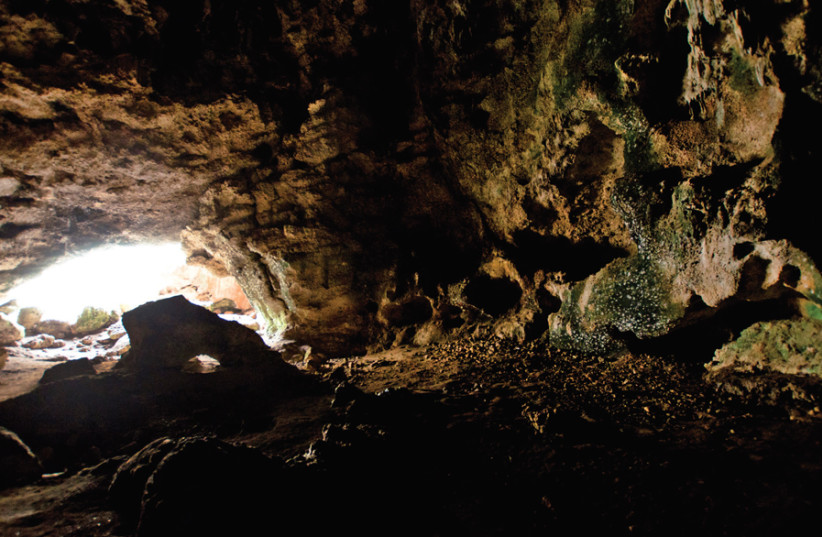The Ahun Ru Paro cave system sits at the base of Mount Otokuyama in the Hokkaido region, Japan and was nicknamed "The Gateway to Hell" by the local Ainu people, after the mysterious death of a man who entered.
The rural town of Pippo has a population of about 4,000 and is usually just a stopover for travelers making their way to the bustling city of Asahikawa, a few kilometers away.
A reporter in Japan was on his way to the northern region of the country when a man he met on his journey told him about the cave that serves as a "gateway to hell." The Sora24 reporter wondered if this was just an urban legend spread by superstitious locals and decided to check it out for himself.
With nothing more than a vague location on Google Maps, he set out to find the cave. He expected to have to walk through a dense forest to find the "gateway to hell," but was surprised to quickly find a sign on the side of the road indicating the entrance to the cave. The cave itself can even be seen from the main street.
One of the reasons why there is not much information about this cave is because the Ainu do not have a written language. This means that their folklore and tradition is passed down orally.

One of the stories passed down from generation to generation is about a couple of old villagers who found themselves lost in a cave and managed to escape from it after a long search.
One of them was determined to go back there, while the other said he never would. The one who wanted to return died under mysterious circumstances shortly after, while the other lived for many more years. Following these superstitions, a huge sign with the words "do not enter" was placed outside the cave.
The entrance is fenced, but brave and determined adventurers can break in by crawling under the barrier. The reporter who found the cave preferred to listen to the instructions and not go inside. He did look around the cave to make sure it wasn't just a tunnel. W
hen he circled the entrance, he found a solid rock wall, meaning that the only way the cave could lead was down - and from there the way out was unknown.
